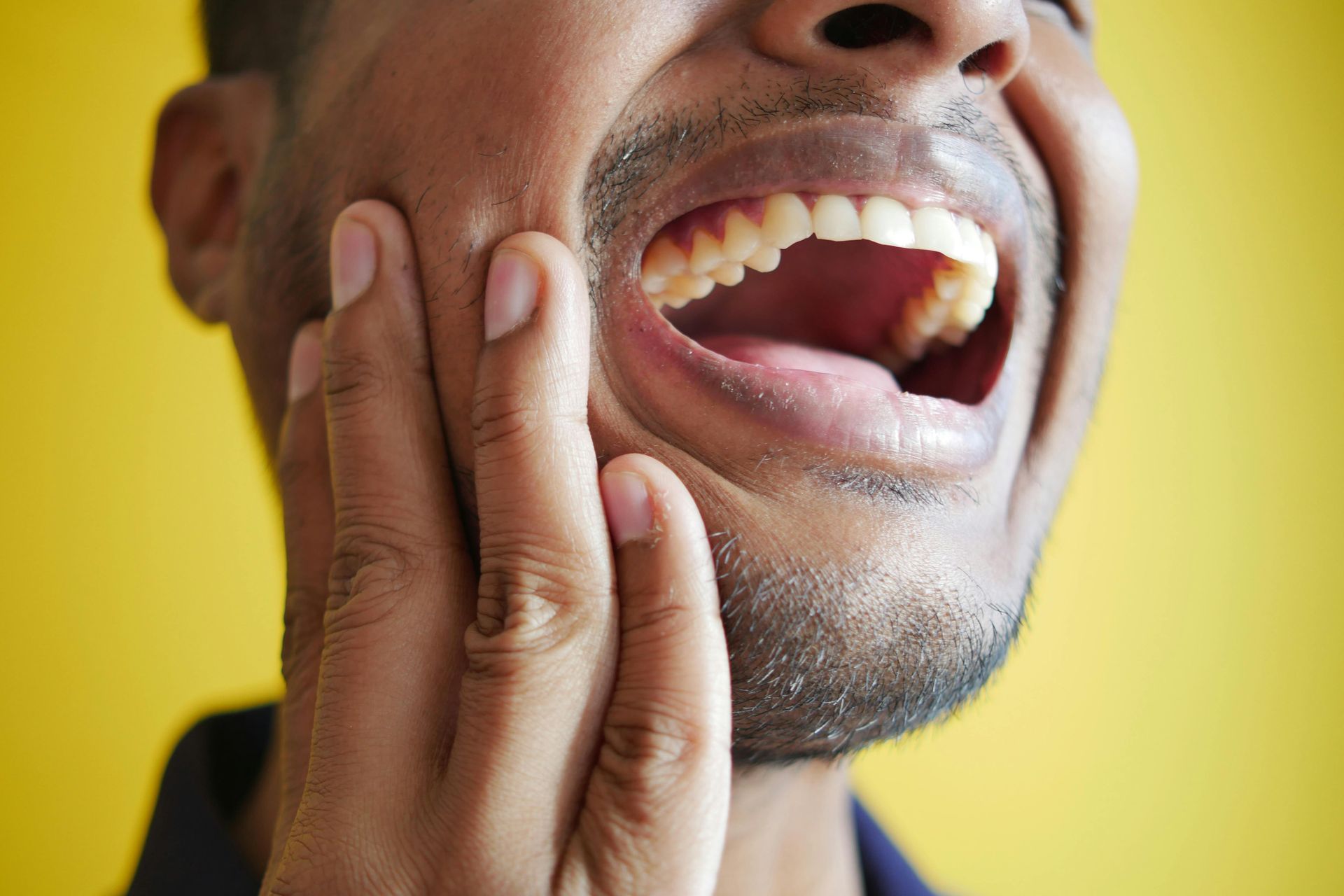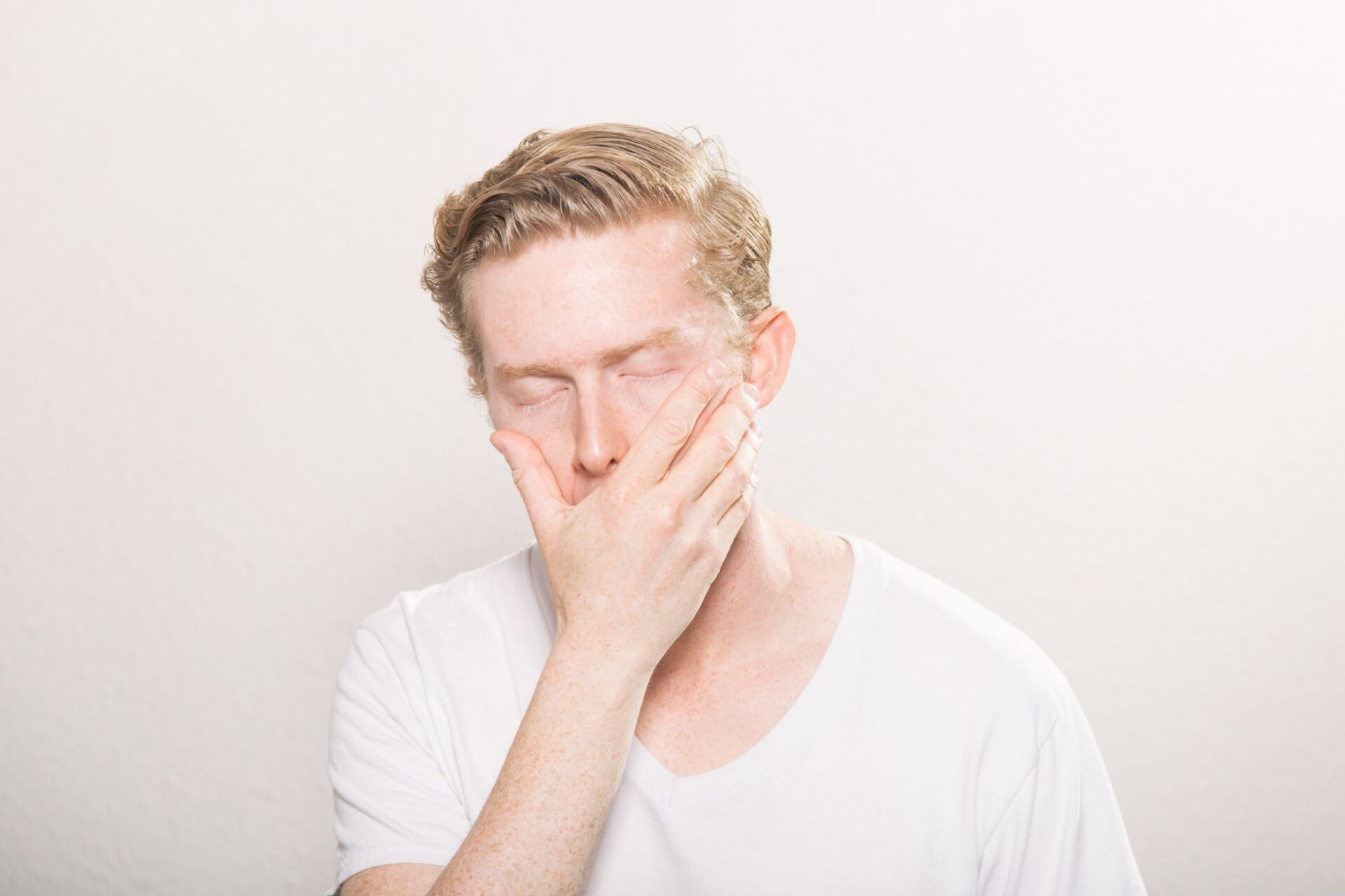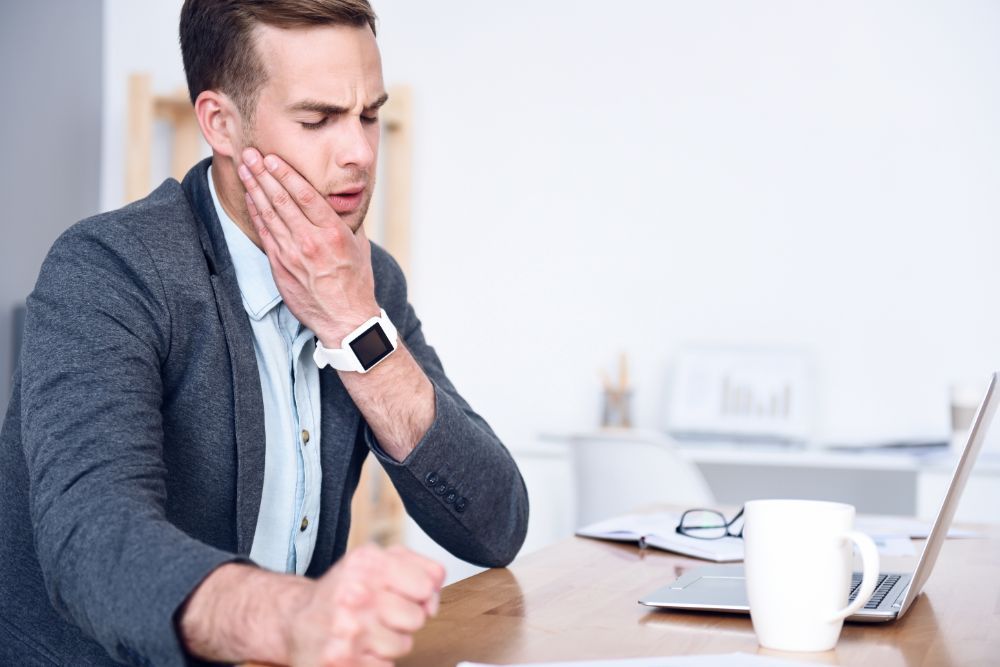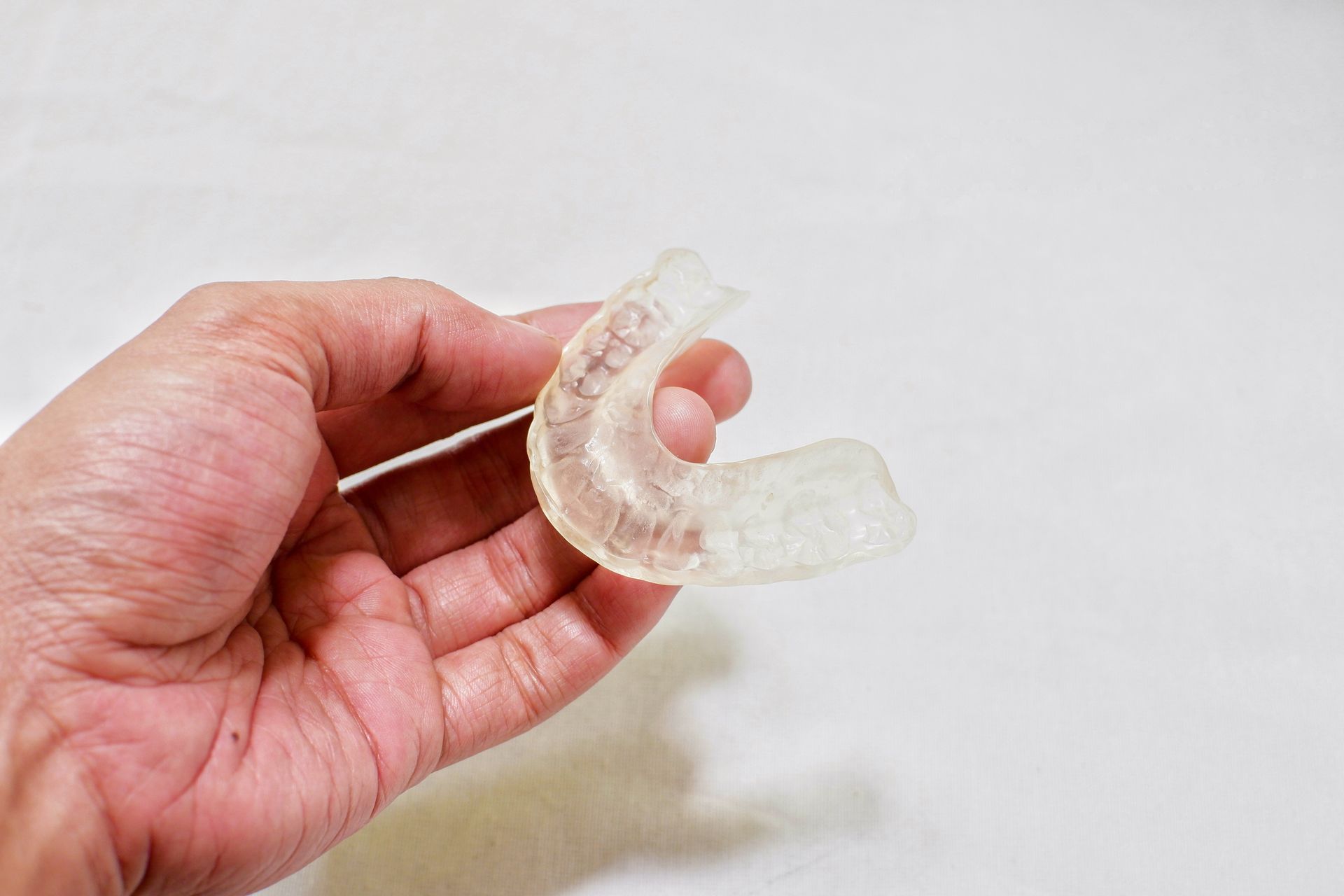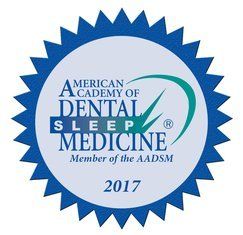What is Botox for TMJ Disorder and Does it Work?
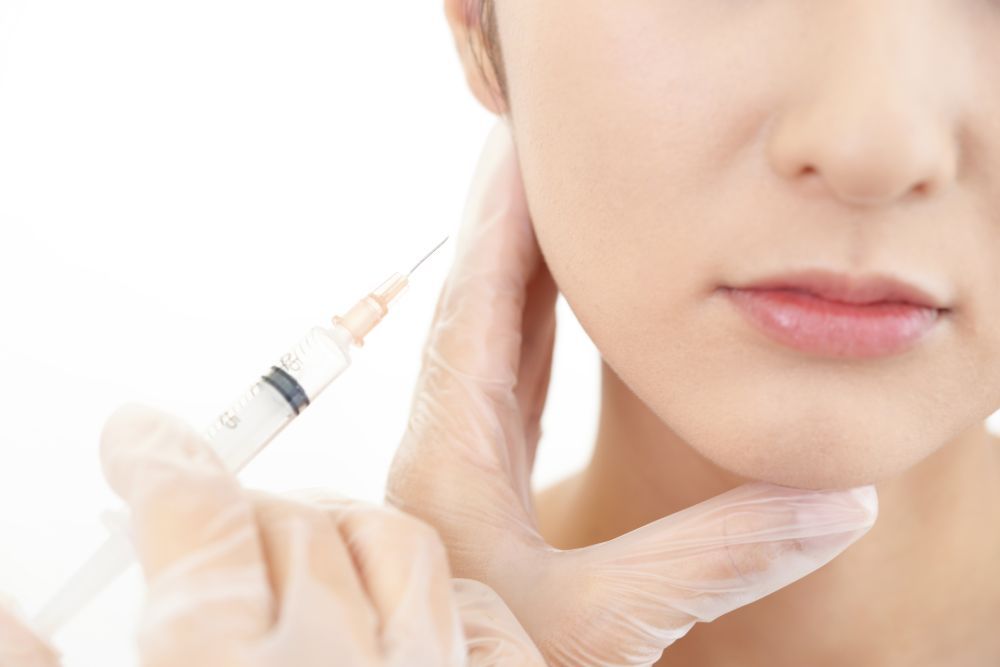
You’ve heard of Botox® injections to smooth lines and wrinkles, but did you know it is also used as an alternative treatment for temporomandibular joint disorder (TMD)?
Patients suffering from TMD look for effective treatments to relieve pain in and around the temporomandibular joint (TMJ) and associated orofacial pain. Botox injections are one of the non-surgical ways to address TMD-related pain. Botox has been shown to reduce muscle activity, and injections into the TMJ muscles may reduce jaw joint stress and painful jaw-locking issues.
What Is Temporomandibular Joint Disorder (TMD)?
TMD is a group of symptoms involving a broad category of conditions linked to TMJ dysfunction of the TMJs and associated muscles. The TMJs are complex joints that connect your lower jaw to your skull on each side of the head just below the ear. Working like a sliding hinge, moving the jaw up and down, forward and backward, and from side to side, they allow you to chew, speak, yawn, and drink.
A host of symptoms can arise when the TMJ is overused, suffers trauma, is afflicted with arthritis or disc derangement, or excessive strain is exerted on the jaw joint and the associated muscles. TMD symptoms include:
- Pain or tenderness of your jaw - Jaw pain can be caused by inflammation of the TMJ and the surrounding muscles and tissues and by TMJ disc displacement or breakdown of the cartilage due to degenerative diseases such as osteoarthritis.
- Pain in one or both of the temporomandibular joints - Inflammation and swelling in the TMJs can spread to other areas of the orofacial region.
- Pain around the eye area - Tightness and soreness around the TMJ can spread to the face and head, creating pressure and pain around the eyes.
- Aching pain in and around your ear - The TMJs are just in front of your ears. Pain and inflammation from TMD may spread to the ears, causing a dull ache or even sharp, searing pain.
- Difficulty or pain while chewing - Swollen, inflamed jaw joints and surrounding tissues affect the ability to chew.
- Aching facial pain - As mentioned, inflammation from the TMJ can spread to facial muscles and tissues, causing various facial aches and pains.
- Locking of the jaw joint - Jaw lock with TMD is due to misalignment or damage to the cartilage, tendons, or ligaments that move the jaw, making it difficult to open or close your mouth.
- A clicking or popping sound - Sounds such as these are often symptoms of the disc inside the TMJ shifting as you open and close your mouth.
- Tooth pain - Bite issues, teeth grinding, and problems with mastication muscles may create tooth pain.
- Headaches and migraines - TMD pain spreading up the cheeks’ side and to the top of the head can result in headaches and migraines.
How to Treat TMD
Treatment of TMD typically depends on the underlying cause(s), symptom severity, and patient history. Some TMD symptoms can be relieved with self-managed care and non-surgical treatments. Mild cases may be effectively treated with exercises that stretch and strengthen the jaw, over-the-counter nonsteroidal anti-inflammatory drugs (NSAIDs) like aspirin, Naproxen, or Ibuprofen, and alternating hot and cold packs applied to the area. Stress management may also help reduce or eliminate TMD causes such as teeth grinding and clenching.
When these and other measures don’t work effectively, or in more chronic cases, symptoms can be treated with custom-made oral appliances for TMD to relieve muscle tension and pain. The most common type of dental treatment for TMD, dental splints, also known as bite plates, are used to treat the underlying cause of a TMJ disorder and provide long-term relief.
Botox is a non-surgical option for patients suffering from TMD that can help relieve some painful symptoms. A 2012 study found that a significant decrease in pain and movement improvement is possible in patients treated with Botox. Since the positive effects of Botox injections typically last only three months before another injection is needed, Botox is best as a short-term adjunctive therapy used in combination with splint therapy that can provide long-term relief.
What is Botox and How Does It Help with TMD?
There are several off-label uses for Botox, including treating TMD. Botox is a drug made from a toxin produced by the bacterium Clostridium botulinum that relaxes or paralyzes treated muscles. Botulinum toxin can also interfere with inflammatory substance release, which further helps create an effective way to lessen TMD symptoms.
Botox may provide short-term relief of some TMD symptoms previously mentioned, including:
- Jaw clicking or popping (or jaw pressure)
- Pain when chewing
- Locking of the jaw (jaw lock)
- Headaches and migraines
- Earaches (pain under the ears)
- Toothaches
- Tenderness of the jaw
- Facial pain and pain around the eyes
How Botox Injections Treat TMJ Symptoms
In medical use, small doses of purified botulinum toxin are injected into muscles to block the release of a neurotransmitter (acetylcholine) from motor neurons, preventing or minimizing muscle contractions during waking hours and inhibiting muscles from engaging in movement while asleep. Botox injections relieve tightness and tension in the muscles around the TMJ that create soreness and discomfort. It may also help with headaches associated with teeth grinding and minimize jaw lock.
How Botox Treatment is Administered
- Each treatment session typically takes 10 to 30 minutes, and there is little to no downtime associated with Botox injections. Most patients can return to their daily routine within a few hours.
- During the non-surgical, in-office procedure, Botox is injected directly into the masseter and temporalis muscles to relax them.
- Your TMD doctor will determine how many injections are needed and where based on your symptoms and their severity.
- Botox may be injected into the jaw muscles, the forehead, the temple, and possibly other areas.
- Usually, three or more injection sessions are recommended over several months for optimal results.
Check with your TMD specialist about what to avoid before getting Botox treatment and how to minimize post-treatment bruising and discomfort.
How Long Does Botox for TMD Last?
You may feel beneficial effects within a few days or weeks, with peak results occurring four to six weeks after treatment. Just like Botox treatments for cosmetic uses, injections for TMD do not last forever. It varies from patient to patient, but generally, the effects last three to five months. Since injections must be repeated every few months to maintain their positive impact, Botox is usually combined with splint therapy to achieve long-term success.
Side Effects and Risks of Botox Injections
As with virtually all medical treatments, procedures, and medications, patients may experience side effects after Botox injections. Typically, they are relatively mild and short-lived. Of course, always talk with your treating doctor immediately about any side effects you’re experiencing, and seek emergency medical care if they are severe.
Botox side effects may include:
- Headaches
- Nausea
- Flu-like symptoms
- Drooping eyelids
- Drooling
- Respiratory issues or infection
- Locked smile due to relaxed muscles
How Much Does Botox Cost?
Before recommending Botox, TMJ Disorder specialists will likely try more conservative measures to correct the underlying cause of your symptoms, which we covered earlier. Botox for TMD can cost around $500 to $1500 per session, depending on the number of areas treated and your geographic location. Check with your insurance provider to determine if Botox for TMJ-related conditions is covered.
What to Expect After Botox Injections
The injection itself may feel like an insect bite or pinprick. Some doctors use a topical numbing cream or a cold pack before administering Botox to relieve discomfort. Common post-treatment side effects include mild pain, bruising, redness around the injection site for a few days, muscle weakness, and relaxed muscles and facial expressions. Of course, you should also experience reduced pain and muscle stress caused by TMJ Disorder.
Next Steps
If you believe you suffer from TMJ disorder, it’s essential to get diagnosed and treated as soon as possible to relieve symptoms and prevent complications from occurring. Dr. Katherine Phillips specializes in diagnosing and treating the symptoms of TMD and, more importantly, the underlying cause. She holds a Master’s degree, is board-certified in orofacial pain treatment, and is a certified sleep dentist. Dr. Phllips has dedicated her practice to treating TMJ disorders and sleep disorders. She creates individualized treatment plans to meet each patient’s unique needs.
-2700x842-1920w.png)






